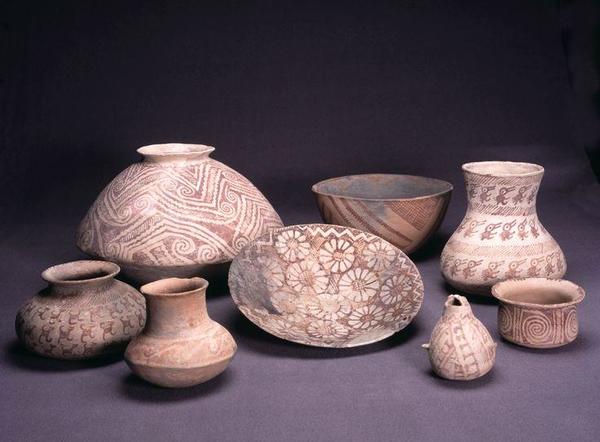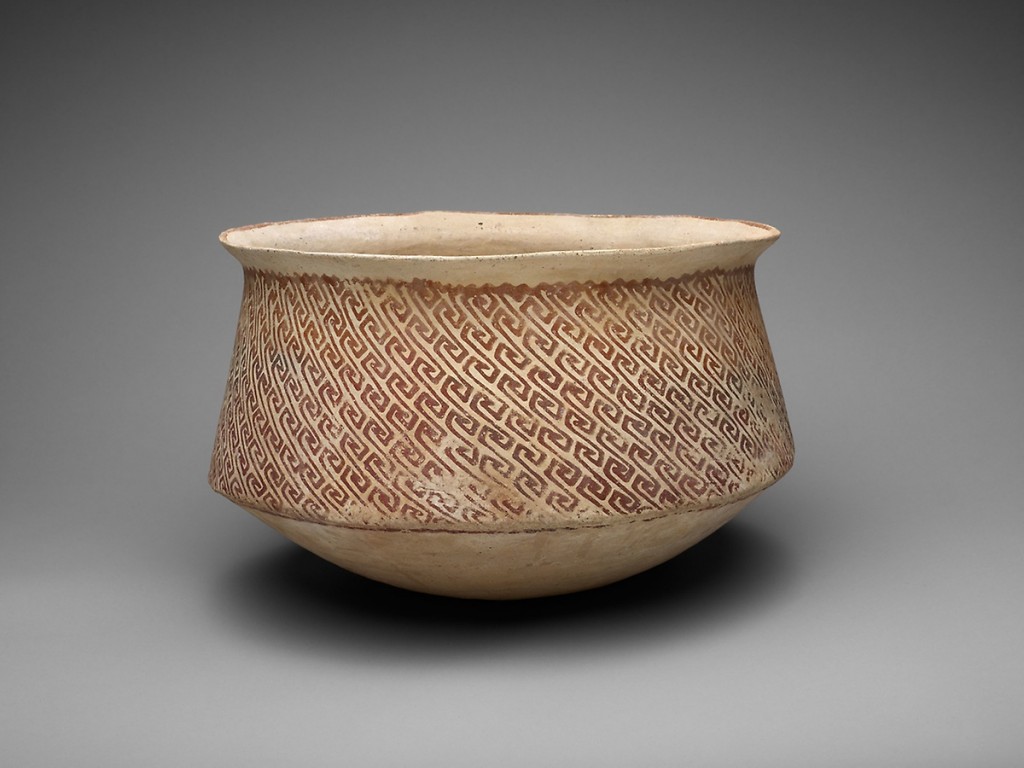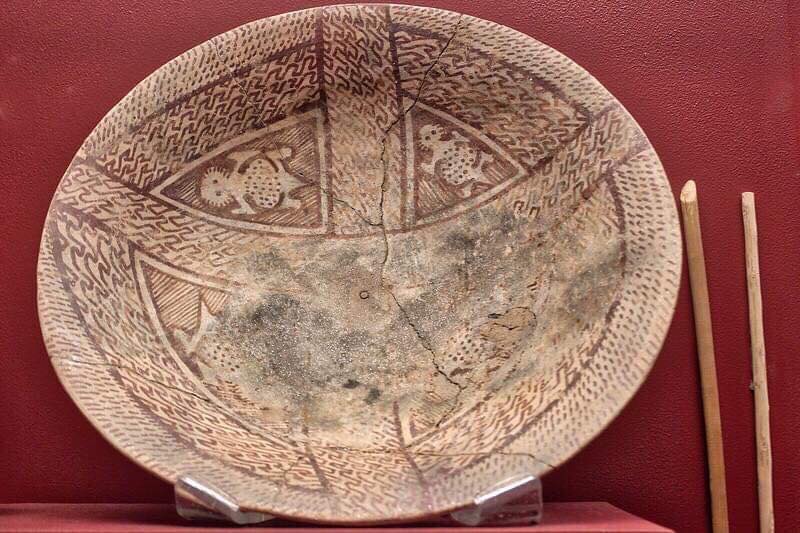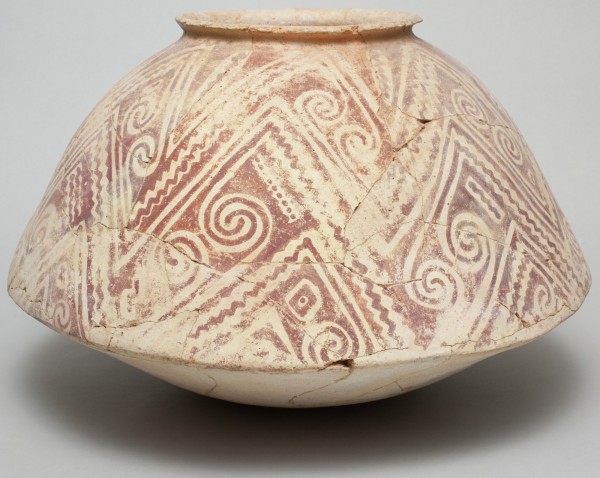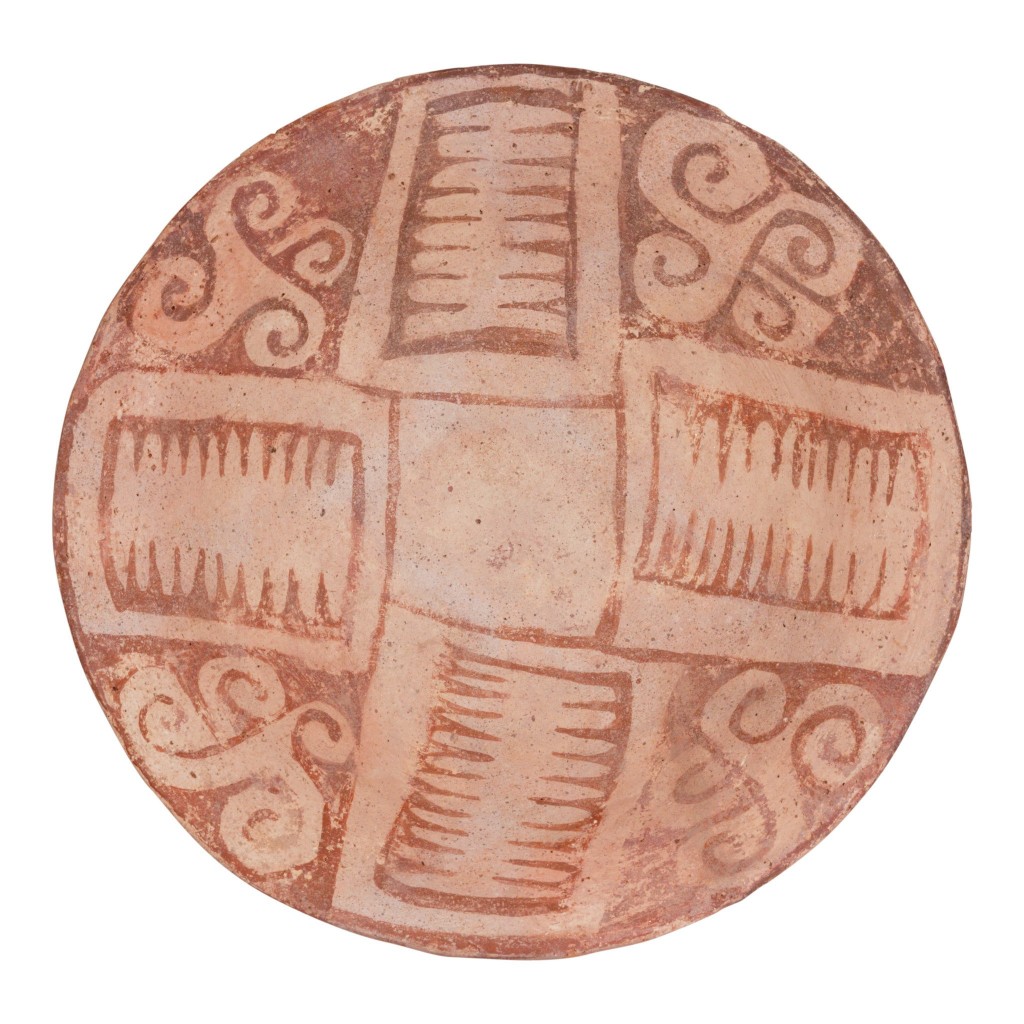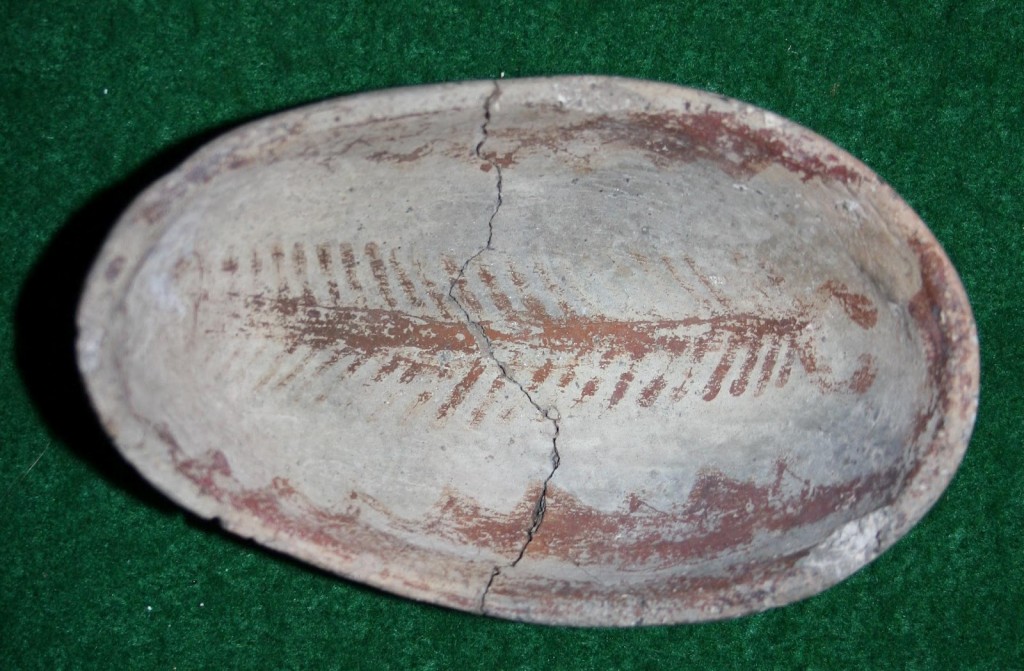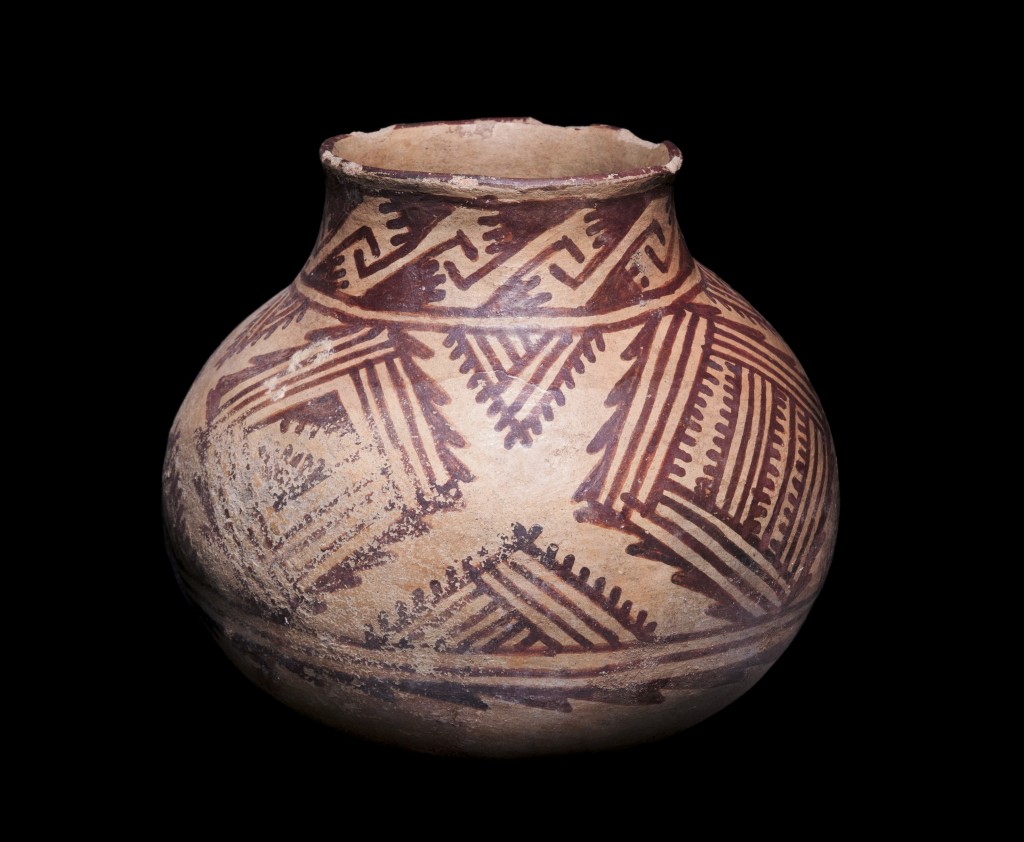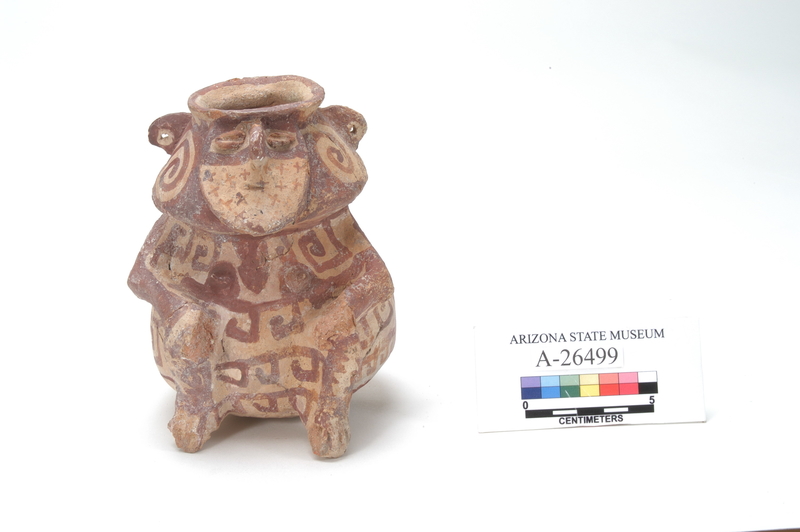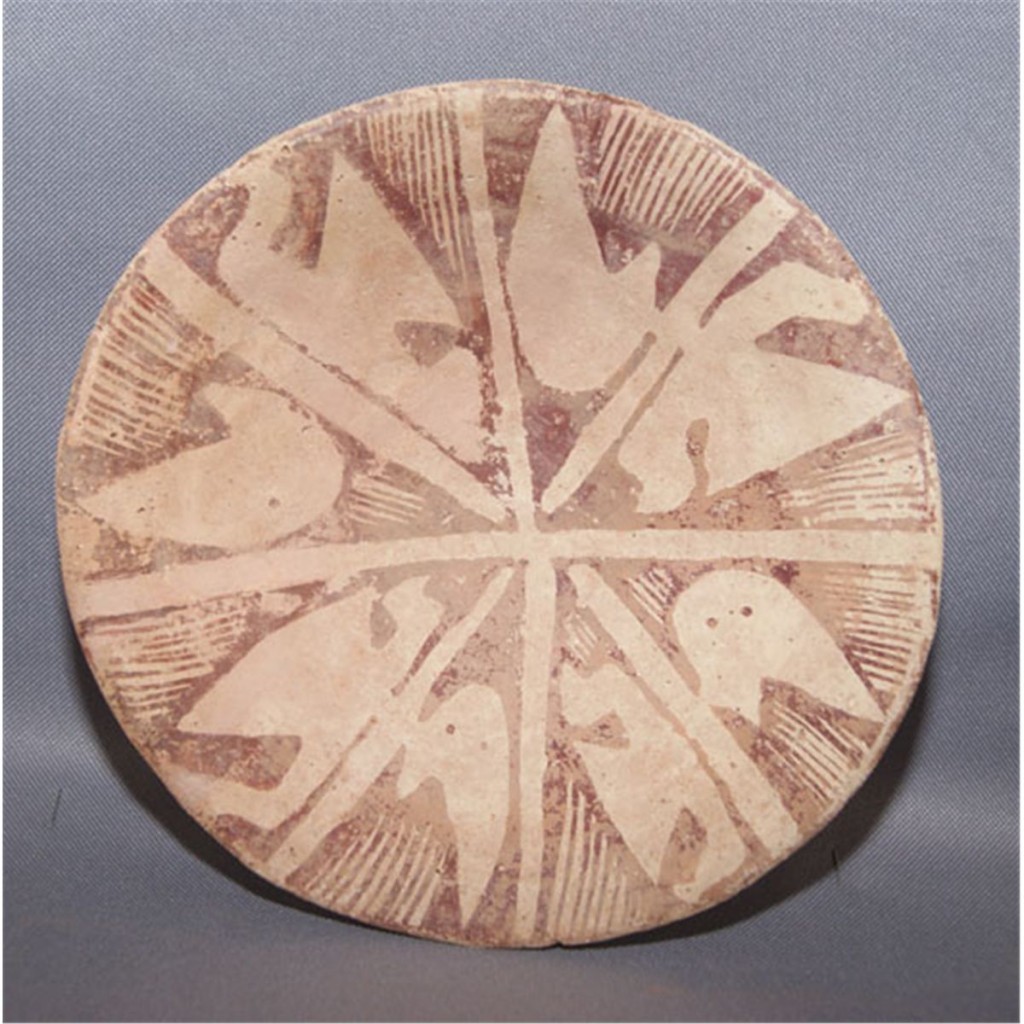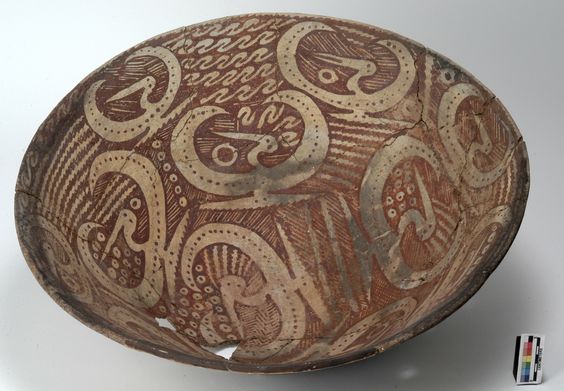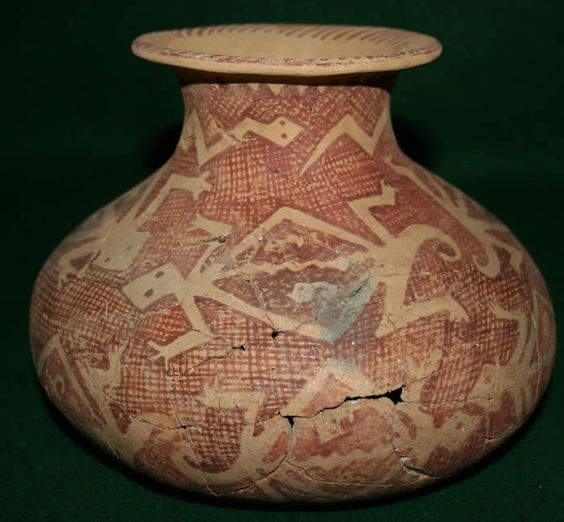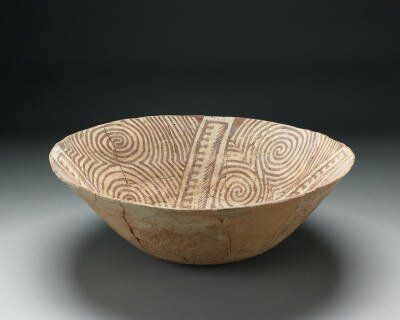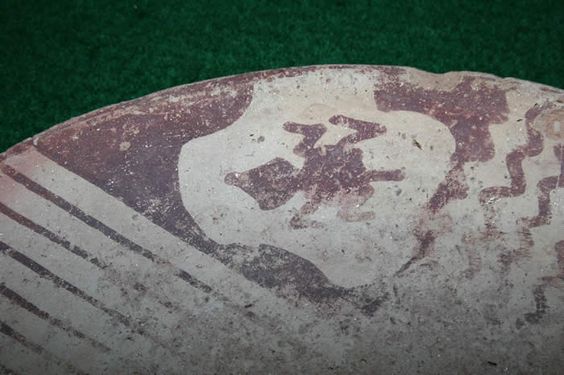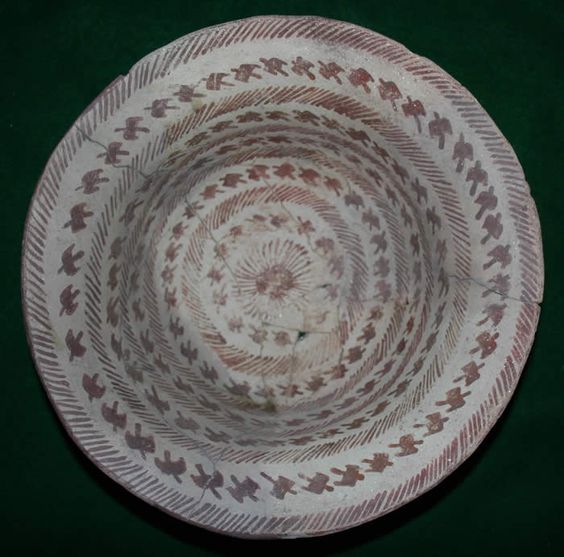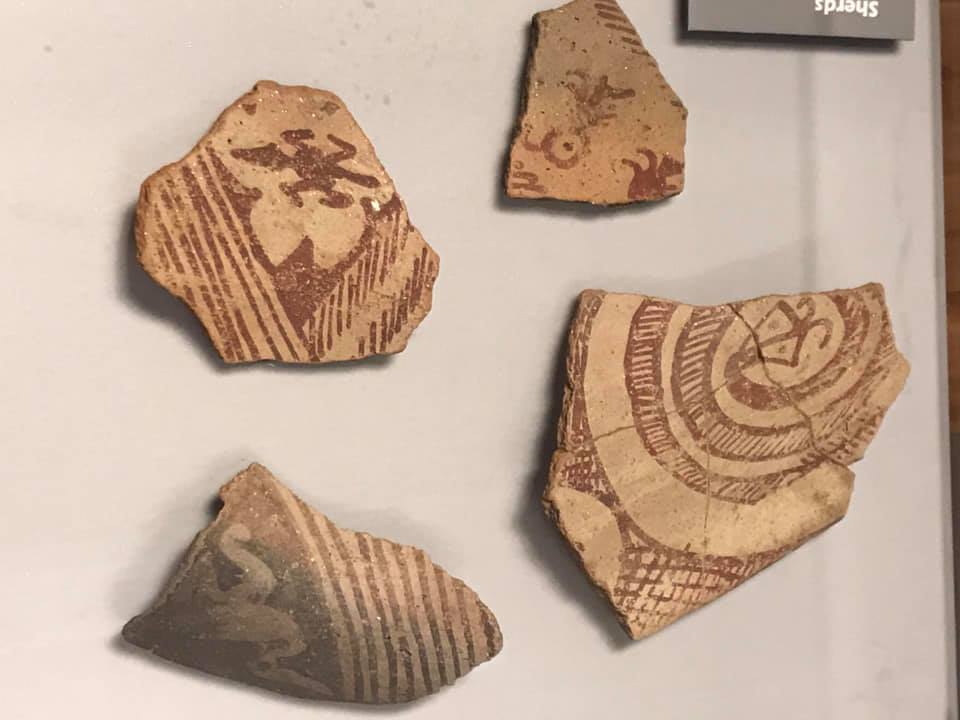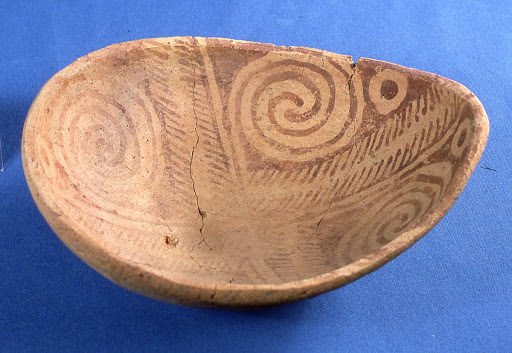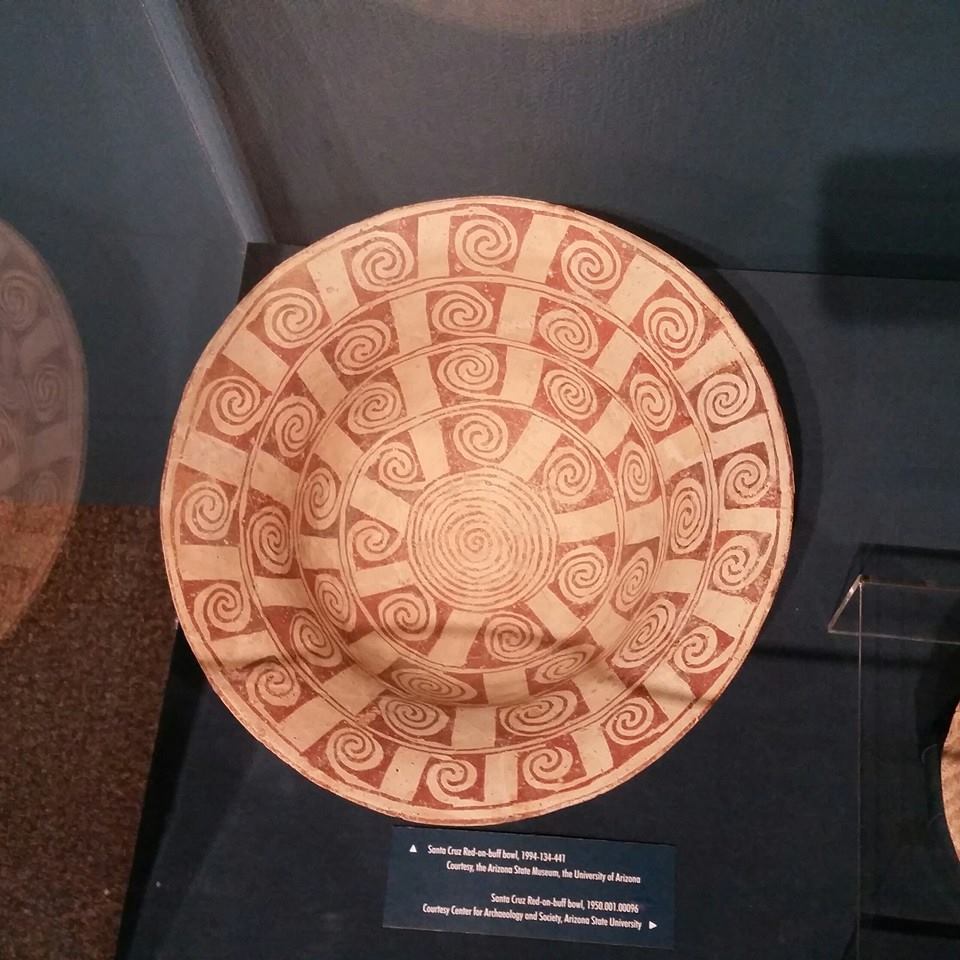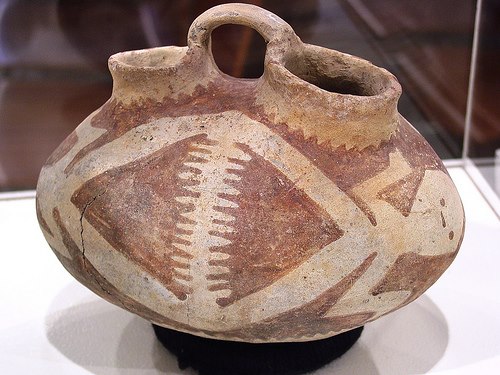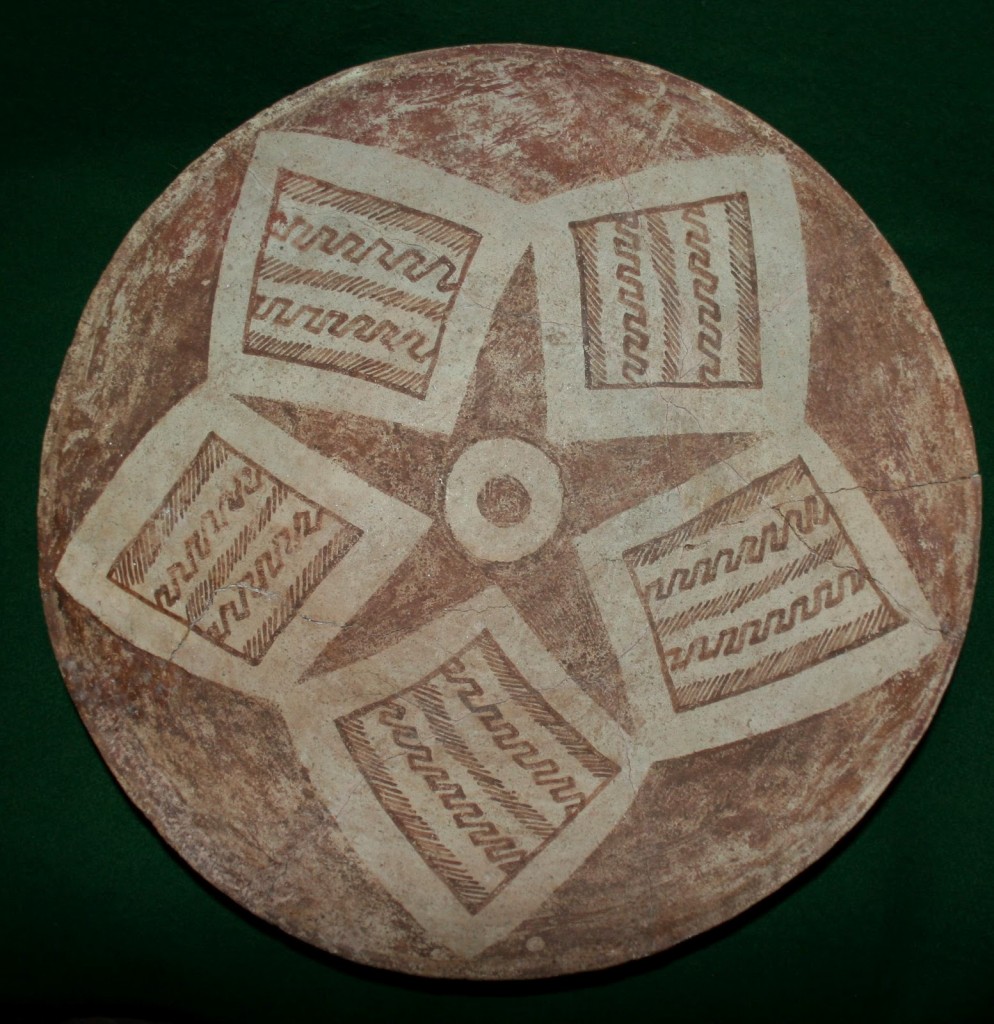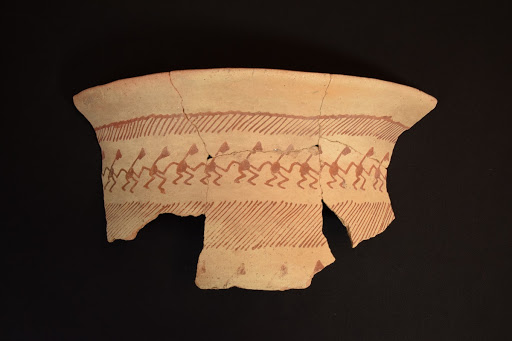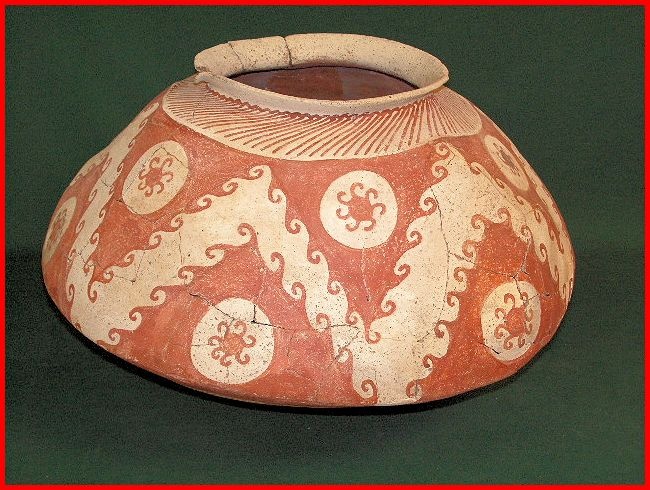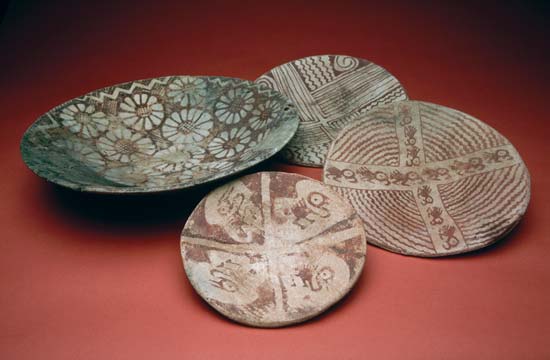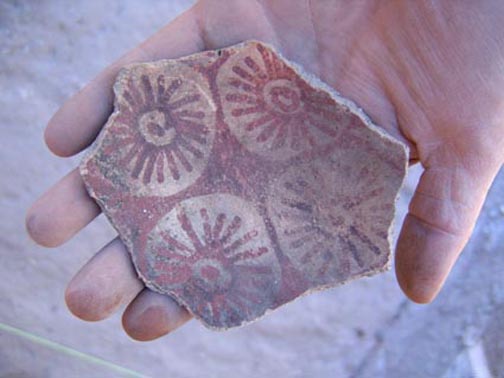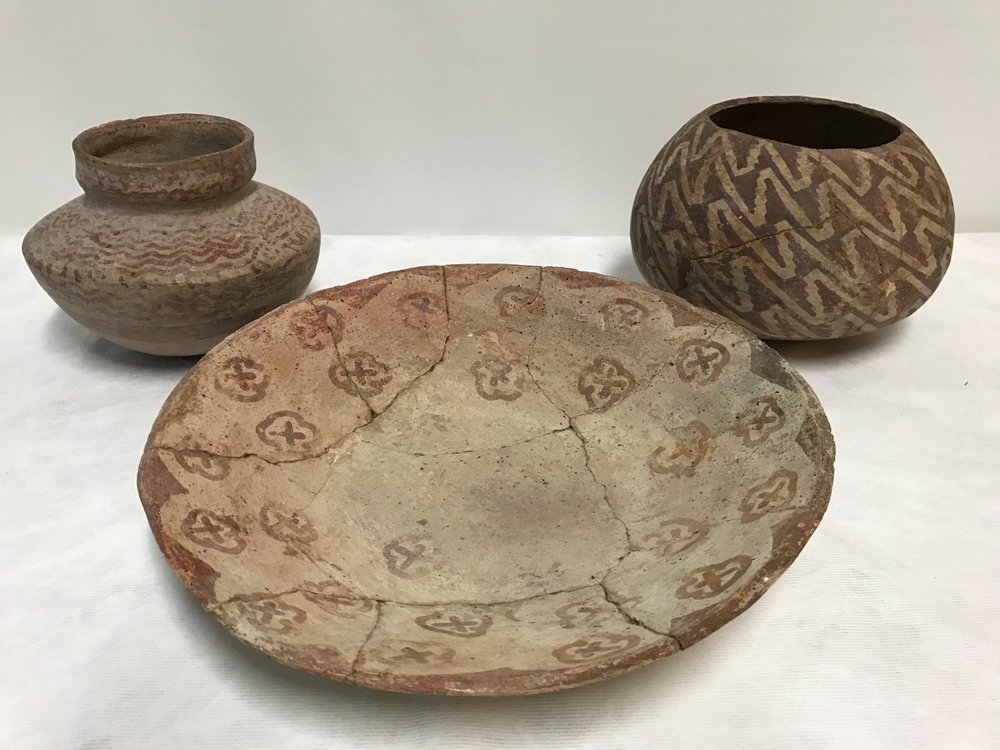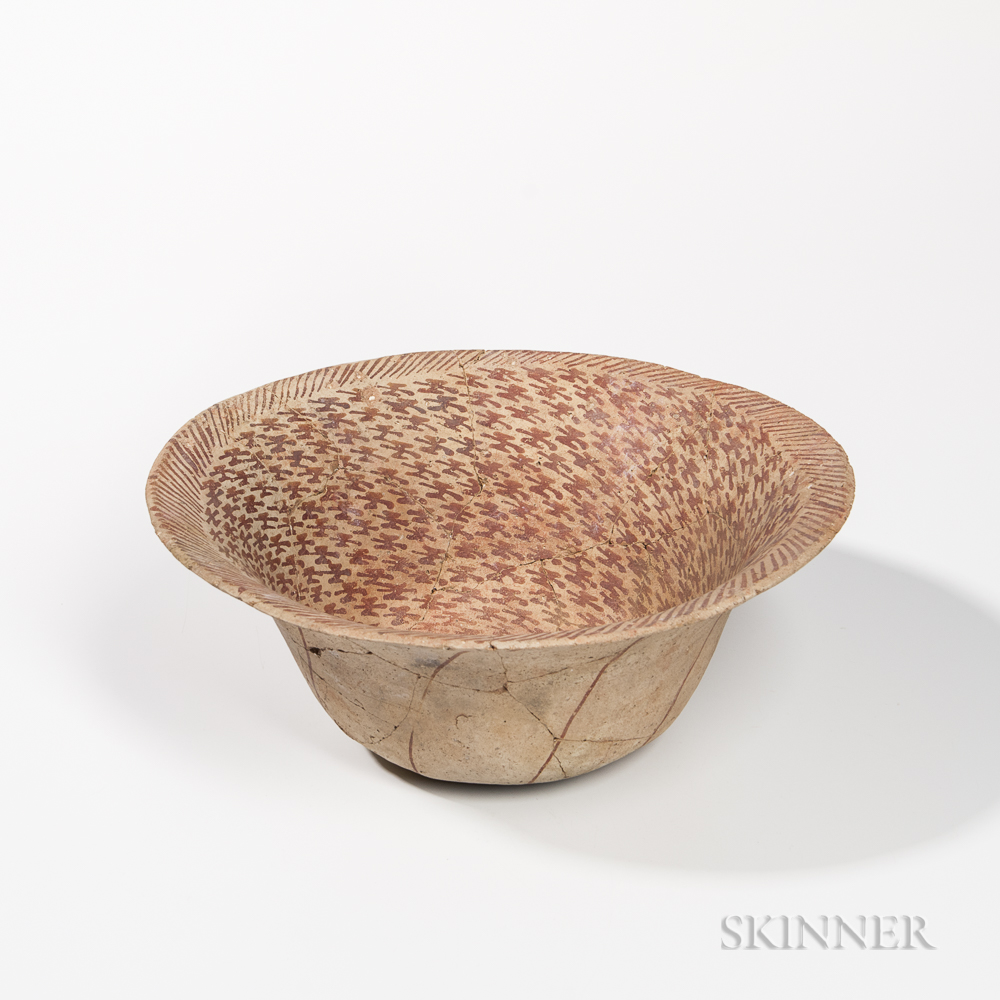HOHOKAM POTTERY (PART 1)
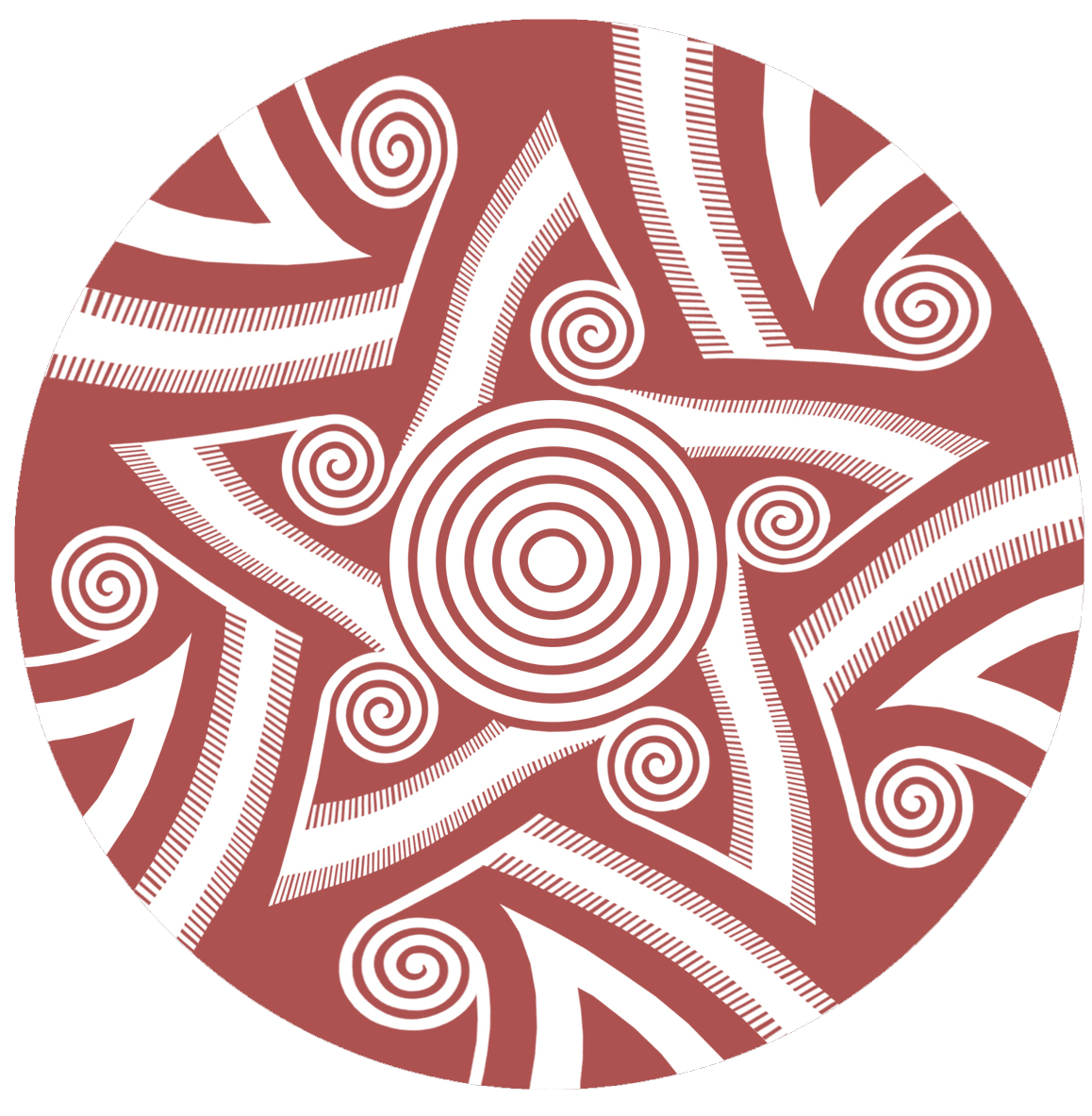
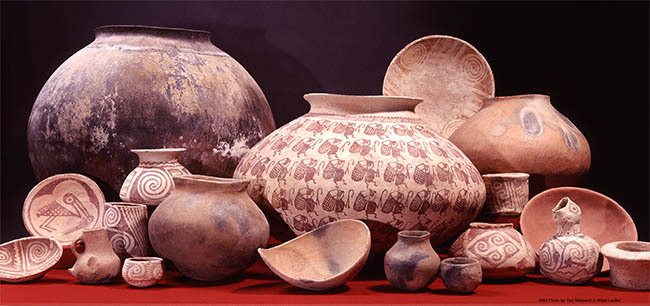
One of the most fascinating study areas in Hohokam archaeology is the analization of ceramics. Hohokam potters made two primary types of pottery with many different shapes and styles. The fist type is a plain ware that was fired in oxidation. Plain wares were likely utilitarian and exhibit warm colors such as dark orange with black and grey fire clouds. The second type of ceramic we see is a decorated red-on-buff ware. These pots were produced by specialists in the middle Gila River valley and were distributed equally in marketplaces during the preclassic period. Red-on-buff ceramic designs and iconography share Mesoamerican attributes, and change as time progresses. Early decorations show lifeforms such as animals associated with the sky, water, and land. Later decorations are more abstract and exhibit geometric shapes. Moreover, red-on-buff types were tempered with fine grain mica schist, and were also fired in oxidation
Most of my blogs are information and experimental based. However, this one is quite different. Indeed, I can write ten detailed pages discussing Hohokam ceramics to its fullest extent, I feel it is appropriate to create an initial post showing how alluring decorated Hohokam pottery is. While looking at each photo, keep in mind each pot shares a story of religious ideology, mythology and belief structure. Furthermore, some pots depict how each crafts-person viewed their natural world..
